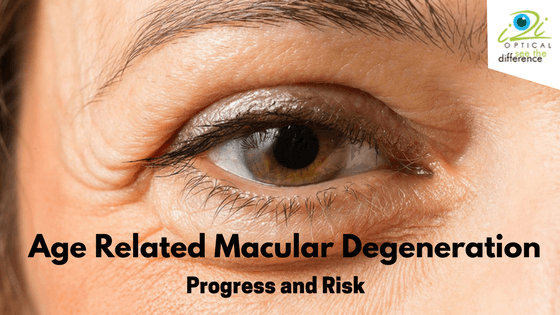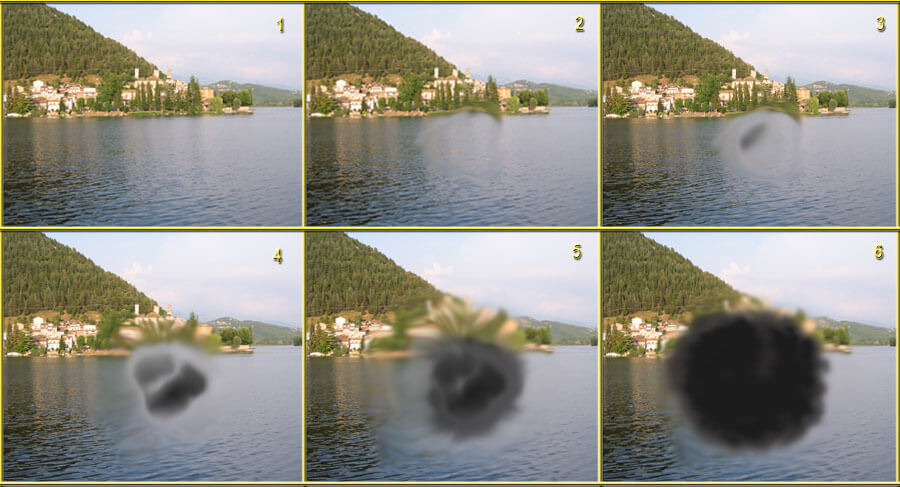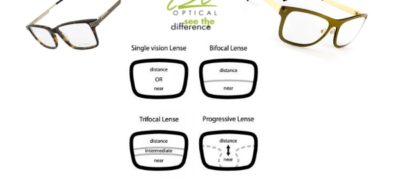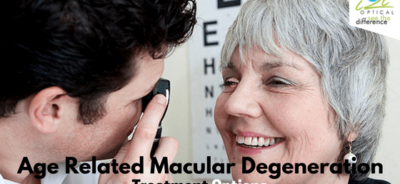Age Related Macular Degeneration – Part 2: Progress and Risk
Age related macular degeneration also known as AMD is a common eye condition and is a leading cause of vision loss among aged people (50 and above). AMD causes damage to the macula, which is a small spot near the center of the retina and the part of the eye which is needed for central, clear and sharp vision, and thus it lets us see objects that are straight ahead.
We have started a three series blog about age related macular degeneration. In the previous part, we have discussed how to detect it. Today we will share about the progress and who are at risk of developing it.
Age Related Macular Degeneration- The Gradual Progress
AMD advances slowly in some people and thus loss of vision does not occur for a pretty long time, while in others, the disease progresses much faster and it may also lead to a loss of vision in one or both eyes. Slowly the center of vision becomes blurred, which is actually a common symptom. Gradually the blurred area grows bigger and sometimes a blank spot develops in the central vision. Objects start to appear dull. But AMD by itself does not lead to complete blindness as peripheral vision is not affected. But still, the loss of central vision interfere with daily activities, such as the ability to see someone’s face, read, write, drive, walk or do close work like cooking and fixing up things in the house.
During the eye exam, the eyecare professional looks for drusens, a yellow deposit below the retina. The retina is the third and inner coat of the eye which is a light-sensitive layer of tissue. Drusen is a normal part of aging and not a serious issue. But the presence of medium to large drusens indicate that you might have Age Related Macular Degeneration. The appearance of pigmentary changes under the retina is mostly a sign of AMD as well.

Who Can Be at Risk?
Age is a major risk factor for AMD. The disease is most likely to occur after age 60 mostly, but it can occur earlier as well. Other risk factors for AMD include the following:
- Smoking: According to research smoking doubles the risk of Age related macular degeneration.
- Race: Age related macular degeneration is mostly common among Caucasians rather than among African-Americans or Hispanics/Latinos.
- Family history and Genetics: People with a family history of AMD are at greater risk of having Age related macular degeneration.
Age related macular degeneration has no known cure, but treatment can slow the disease and keep you away from having a severe loss of vision. Regular visit to the Doctor and eye check up from a reputed eye care clinic is also recommended. So it is almost clear now that AMD is not totally curable which means you need to be very cautious about it. Get your eyes tested by the best eye specialist and keep your vision healthy.










